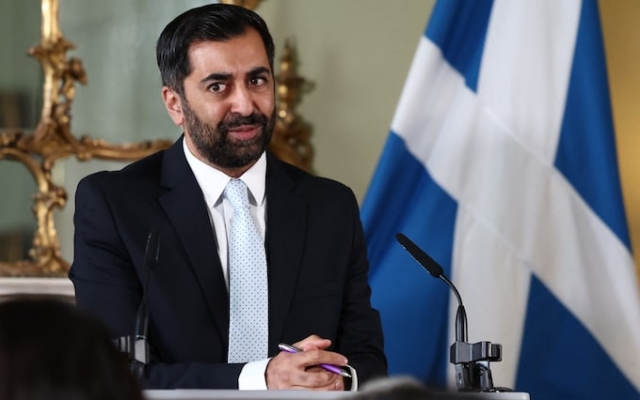 Humza Yousaf announced the end of the coalition at Bute House in Edinburgh on Thursday. Photo: JEFF J MITCHELL/AFP Why did the SNP get involved in a coalition with the Greens?
Humza Yousaf announced the end of the coalition at Bute House in Edinburgh on Thursday. Photo: JEFF J MITCHELL/AFP Why did the SNP get involved in a coalition with the Greens?
The SNP was one seat short of winning a majority at Holyrood at the 2021 election.
In the previous parliament, when Nicola Sturgeon led a minority administration , the SNP was forced to make a number of concessions to the Greens in order to win crucial votes of confidence in ministers and pass budgets.
Ms Sturgeon felt a more formal deal with Holyrood's other pro-independence party would allow the SNP to govern with greater stability.
The Greens' admission into government in August 2021 also allowed Ms Sturgeon to strengthen her environmental credentials ahead of the Cop26 climate summit in Glasgow in November.
It was also argued that a pro-independence majority government at Holyrood would make it difficult for the UK government to refuse to hold a new referendum on leaving the UK, although demands to enter into negotiations were quickly rejected anyway.
What did the SNP agree to? ?
The agreement between the parties, known as the Bute House Agreement, allowed the Greens to make several important commitments and also appointed two of their co-leaders as ministers.
This was a first for the UK. that Green ministers entered the government.
The Greens were behind controversial rent controls and a ban on evictions of private tenants, new green standards for buildings and free bus travel for children under 22.
They also committed to improving transgender healthcare and introducing a «total» ban on so-called conversion therapy in relation to sexual orientation and gender.
The agreement included a commitment to review the Gender Recognition Act and introduce a self-identification system, which was accepted by the MSP but proved highly controversial and was later blocked by the UK government.
The deal was voted on by both the Scottish National Party and members of the Greens, who backed it at the urging of party leaders.
There were a few excluded areas where the parties could still disagree, such as free ports. the importance of economic growth and NATO membership.
Was this agreement popular?
The Greens initially pointed to a number of concessions they had won from the Scottish National Party, which they said showed they had significant power in government.
However, sections of the SNP were always unhappy with the agreement, viewing the Greens as a far-left group of cranks responsible for a series of toxic policies.
The deal came under significant strain for the first time since Nicola Sturgeon resigned as First Minister.
Humza Yousaf, who was considered the «succession candidate», strongly backed the coalition to replace her, but Kate Forbes and Ash Regan, who were also running, would have abandoned her. this.
After Mr. Yousaf narrowly defeated Ms. Forbes, he enthusiastically supported the deal. One of his first photo calls after winning the competition was with Patrick Harvey and Lorna Slater, co-chairs of the Scottish Greens and two ministers.
However, Ms Forbes has developed a deposit return scheme to recycle drinks containers. vowed to refuse, but collapsed within months, a major humiliation for Ms Slater, who was tasked with implementing the policy.
More recently, tensions have arisen over the withdrawal of climate targets, and after The Greens condemned Cass' health review on gender identity.
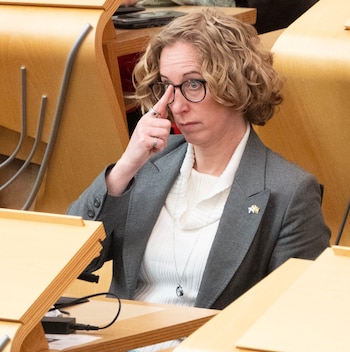 Lorna Slater, Scottish Greens' one of the leaders, launched an attack on Humza Yousaf after she and Patrick Harvey were sacked from the Scottish government. Photo: LESLIE MARTIN/PA. Why did the SNP scrap the deal?
Lorna Slater, Scottish Greens' one of the leaders, launched an attack on Humza Yousaf after she and Patrick Harvey were sacked from the Scottish government. Photo: LESLIE MARTIN/PA. Why did the SNP scrap the deal?
In recent days, Mr Yousaf, who had previously described the deal as «worth its weight in gold», has continued to defend the deal and his Green ministers.
He has refused to condemn Patrick Harvey for his attempt to throw out Cass Review on gender-based healthcare in England, even though it undermines his administration's official line that the issue will be carefully considered.
However, the Greens were preparing their own ballot paper on whether the agreement would continue. , following a backlash over scrapping climate targets.
Mr Harvey and Ms Slater were prepared to make the case for the deal and step down as party co-leaders if they lost the vote.
Although He denied this at a press conference on Thursday, but it is suspected that Mr Yusuf wanted to end the deal on his own terms rather than appear weak by forcing the Greens to abandon him.
He publicly stated that the deal had simply run its course and had served its purpose. goals and «no longer guaranteed a stable structure in parliament.»
What happens now?
Mr Yousaf said he would lead a minority government. The SNP has 63 of Holyrood's 129 seats, meaning it will need cross-party support to pass budgets and legislation.
In the previous parliament, the SNP relied on informal agreements with the Greens to pass budgets and maintain confidence. votes of ministers.
Unionist parties, while sometimes supporting government legislation, usually unite against the Scottish National Party during crucial votes.
However, after Yousaf tore up the coalition agreement, the Greens issued a blistering statement, raising serious questions about how likely it is that the party's seven MPs will support his administration in the future.
Ms Slater, who was biodiversity minister until Thursday morning, issued an inflammatory statement in which she accused Mr Yusuf of «political cowardice» and ending their agreement in a «weak and completely hopeless» way.
This was seen as a declaration of war on the SNP. She made an open call for members who value «climate, trans rights and independence» to quit Yousaf's party and join the Greens instead.
Mr Yousaf, meanwhile, was more conciliatory. saying that «emotions are high» and that he hopes to continue working with the Greens in the future.
Douglas Ross, the leader of the Scottish Conservatives, told MPs on Thursday that he was submitting a vote of no confidence in the First Minister. Photo: UNPIXS Could there be elections at Holyrood?
Theoretically yes, although it will not be an easy process. If the motion of no confidence in Mr Yusuf, brought by Douglas Ross, the Scottish Tory leader, is passed, he is expected to resign.
Under Nicola Sturgeon, the SNP have relied on Green votes to survive a vote of confidence in ministers, but given their startling personal attacks on Mr Yusuf, their support cannot be guaranteed.
If Mr Yusuf is forced to quit , it will take 28 days to elect a new first minister. The most obvious choice would be Kate Forbes, but the Greens are unlikely to vote for her given her views on social issues.
If no First Minister is elected within the specified time frame, new elections will be held. be called. However, unionist parties may prefer to keep Yousaf in office until the general election, given his unpopularity with voters.
Asked about the prospect of a vote of confidence, Mr Yousaf said it was up to opposition parties to decide whether they wanted will they participate in “political games”, but that he will continue to govern the country.
How will a vote of no confidence work?
Mr Ross confirmed on Thursday that he was submitting a vote of no confidence in Mr Yusuf.
If this proposal is supported by at least 25 members of parliament (and this threshold is likely to pass), it will be discussed in Holyrood. Members are then usually given at least two days' notice of a vote of no confidence, meaning the vote is likely to take place next week.
Both Anas Sarwar, leader of Scottish Labor, and Alex Cole-Hamilton , leader of the Scottish Liberal Democrats, have confirmed that their party will support a vote of no confidence.
The Greens were due to meet on Thursday afternoon to discuss what they would do, but given their fury over Mr Yousaf they are believed to be ready to oust him.
Ashe could have the deciding vote Regan, a former Scottish National Party minister who quit the government to vote. against Nicola Sturgeon's gender reforms. She has since joined Alex Salmond's Alba Party.
Both the Greens and Ms Regan would have to vote against Mr Yousaf for a vote of no confidence in him to succeed, although this is by no means unlikely scenario.< /p>
Currently the party includes 63 SNP MPs and 65 opposition politicians. In the event that Ms Regan votes to retain Mr Yousaf, the tie would be 64-64 and the presiding officer would be expected to vote for continuity, meaning Mr Yousaf would survive.
Mr Salmond said Mr Salmond had voted to retain Mr Yousaf.
On Thursday Yousaf had «managed to make Ash Regan the most powerful MP in Parliament».

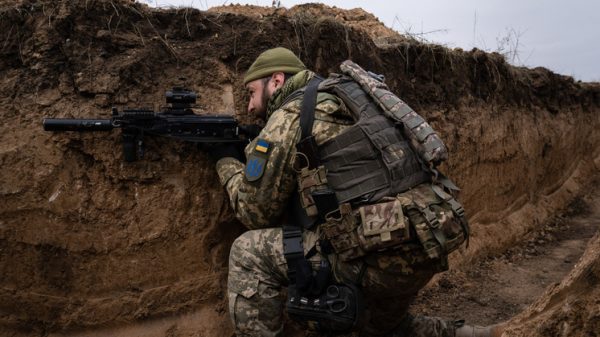
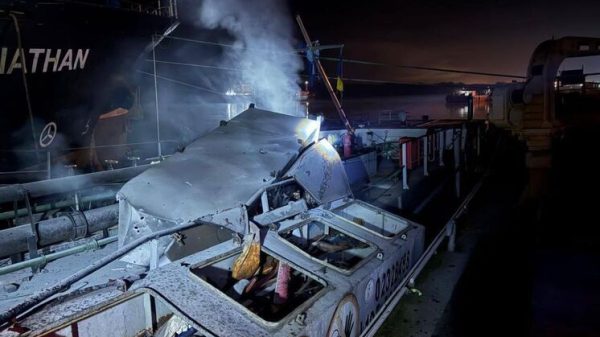
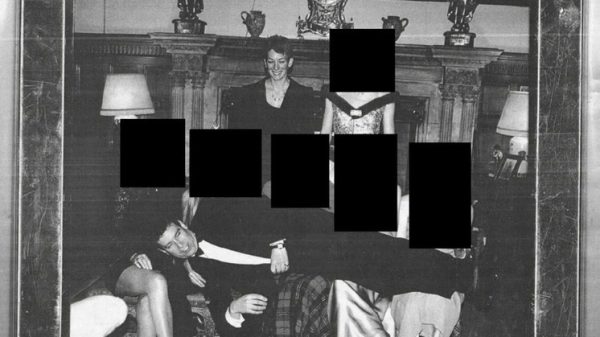

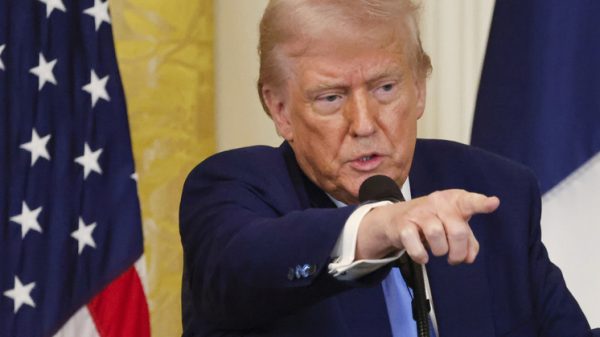





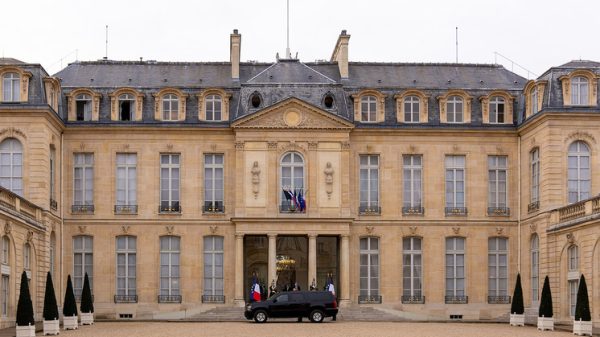


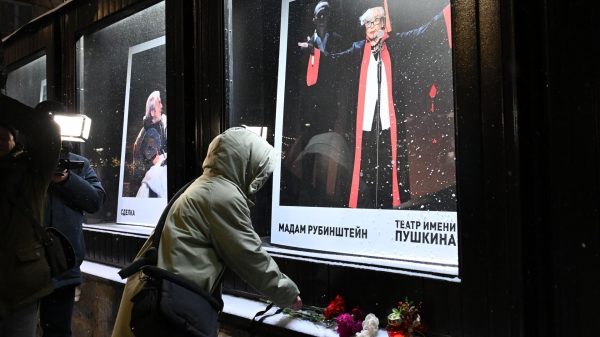








































Свежие комментарии